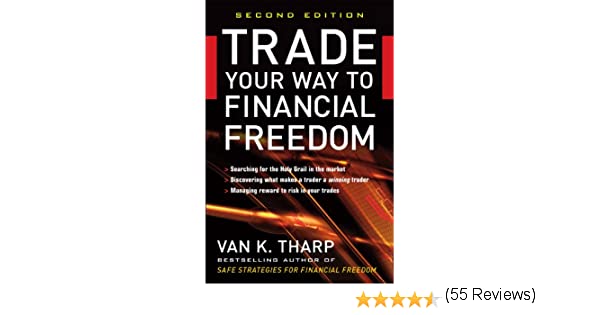
This means you can position size in 3 x 3 = 9 different ways to deploy cash for the same opportunity (signal).There are 3 models to define equity and there are at least 3 basic models to define position sizing techniques.You intend to deploy cash on this and start trading every signal that the system generates.Assume you have a trading system – a simple moving average cross over system.Just to throw some light into how complex this can get – I’m sure, you will observe a huge improvement not just in terms of P&L but also the stability of the system. Now for the same set of data, apply one of the position sizing technique (which we will shortly discuss) and evaluate the performance. Identify entry and exit rules and evaluate the returns you would generated for the given time period. To understand this really well, I’d suggest you pick a trading system, it could be as basic as a moving average crossover system. Further you can apply them across any time frame – intraday, few trading session, or even trades extending for over few months. It could be stocks, stock futures, commodity futures, or currency futures. What do I mean by this? This means that you can apply these position sizing techniques to any asset you want. I’d like to talk about three core position sizing techniques at this point, they are –ĭo note, these models are asset independent and time frame independent. Given this, we will move forward to discuss some of Van Tharp’s techniques on position sizing. We still need a standalone method to position size.


Each of these three models on its own merit imposes some sort of position sizing discipline, but clearly that’s not enough. We looked at how one can determine equity based on 3 different models. We addressed a very crucial concept in the previous chapter.


 0 kommentar(er)
0 kommentar(er)
